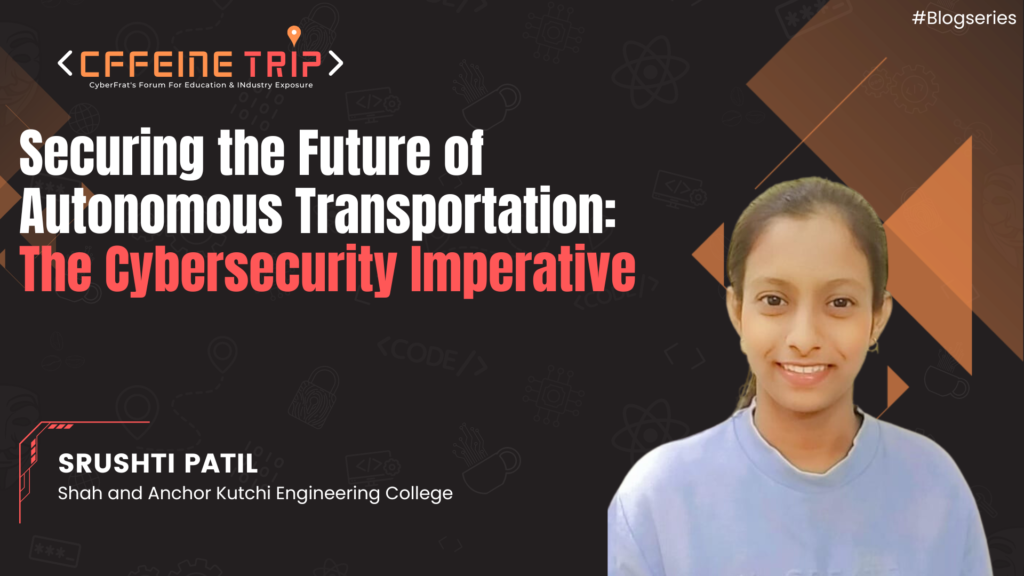
Introduction
The rapid advancement of autonomous transportation is revolutionizing the way we travel. With promises of enhanced safety, increased efficiency, and improved mobility, autonomous vehicles are poised to reshape our cities and transform our daily commutes. However, as we embrace this exciting future, it is crucial to address the paramount concern of cybersecurity. Safeguarding the future of autonomous transportation requires a proactive approach to identify and mitigate cyber threats. In this blog post, we will delve into the cybersecurity imperative surrounding autonomous vehicles and explore the measures necessary to secure their promising future.
The Vulnerabilities of Autonomous Transportation
Autonomous transportation systems heavily rely on interconnected networks, sensors, and software to operate effectively. While these technological advancements bring numerous benefits, they also introduce vulnerabilities that can be exploited by malicious actors. Here are some key cybersecurity challenges facing autonomous transportation:
1. Remote Hacking- Hackers could potentially gain unauthorized access to the systems controlling autonomous vehicles, compromising their operation, safety, and even the privacy of passengers. This could lead to dangerous scenarios such as hijacking vehicles or causing accidents remotely.
2. Data Privacy: Autonomous vehicles collect and transmit vast amounts of data, including location information, sensor readings, and passenger data. Safeguarding this data from unauthorized access and ensuring its privacy is crucial to maintaining public trust.
Addressing the Cybersecurity Imperative
1. Robust Encryption and Authentication: Implementing strong encryption and authentication mechanisms is essential to protect the communication and data exchange between autonomous vehicles and their supporting infrastructure. This prevents unauthorized access and tampering of critical information.
2. Secure Software Development: Adopting secure software development practices, such as following coding standards, conducting rigorous testing, and regular security audits, helps identify and mitigate vulnerabilities in autonomous transportation.
3. Intrusion Detection Systems: Installing intrusion detection systems within autonomous vehicles can actively monitor and identify any unauthorized attempts to access or manipulate their control systems. This enables rapid response and mitigation of potential threats.
4. Regular Software Updates: Autonomous transportation systems must have the capability to receive and install regular software updates. These updates should not only address functional improvements but also include necessary security patches to protect against emerging threats.
Conclusion
As autonomous transportation becomes more prevalent in our society, securing its future is of paramount importance. Cybersecurity must be treated as an integral part of the development, deployment, and operation of autonomous transportation systems.
